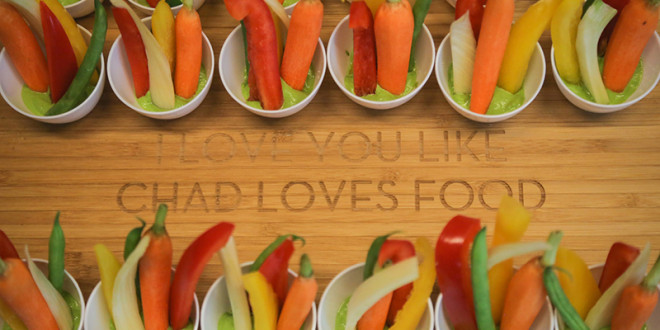[ad_1]
The color you choose for your wedding will extremely set the theme for the entire event. You can choose to play around with the color wheel and go monochrome, but working around lighter or darker variants of the color. You can also choose two complementary colors, or be daring and creative by choosing two loud colors. The key in using two loud colors is the way it is used so that they do not clash. Here you will find several ways of using and playing with colors. Remember that the colors should be reflective of the couple getting married, and have fun!
1. Color according to season. Taking color hints from the season should be reflective of nature's own colors. Fall or autumn weddings should make use of deep, rich colors, like the hues that fallen leaves take. Choose two rich colors that complement each other. Examples of fall or autumn color schemes are: rust and buttery gold, brown and red, rust and green, purple and olive, deep red and purple.
If you are more adventurous, you can try three-toned fall color schemes. To avoid making it look all too much, choose one or two colors as major tones while the third can be an equally complementary, more subdued color used to accentuate. Three toned fall color schemes include deep red, rust, and gold; brown, purple, and a golden yellow; dark and light olive with purple; terra cotta, rust, and ivory.
Winter color palettes are reminiscent of the sparkling snow, berries, and green trees. Silver is a popular backdrop in winter weddings, combined with white for a simple clean look, or deep colors like red, forest green, or chocolate brown for a great romantic contrast.
Three-toned winter color schemes include white and silver paired with forest green, red, and deep blue; as well as white paired with silver and lavender or blue. A traditional winter color scheme also makes use of green, red and white.
Summer is a favorite season to get married in, with the longer days and bloom of all the flowers. Summer is fresh, happy, and suggestive of the colors of the flowers, the sun, the green grass, and the blue of the oceans and sky. Complementing summer schemes include any two shades of a light, bright blue; pale or bright pink and yellow; mint green or forest green and white or blue; a light and dark purple; gold and green; and even red paired with orange or pink like the sunset.
Three-toned summer color schemes can work around mint green, pale pink and yellow; white with two contrasting shades of blue or green; sheer ivory with lavender and purple; white, pink, and rust; Egypt fuchsia with mint green and bright yellow.
Lastly, spring is the season wherein everything grows once again, life is in the air. Pastels are the color of this season. Ivory and white provide a refreshing contrast when paired with mint green, pale blue, peach, lavender, and blush pink. Light blue and pale green is also a lovely mix. Mixing pales with certain rich colors are also great for spring, such as olive green and mint green, chocolate brown with a light blue or pink.
Spring three-tone schemes include blush pink, ivory and peach; mint green with a pale pink and lavender; white and ivory with periwinkle, blush, or a light brown;
mint green, lavender and ivory; or pink, olive, and ivory.
2. A black and white theme adds a lot of simple elegance to a wedding. This kind of color scheme can make decorating from the church to the reception very easy. It provides a timeless contrast, easily making all décor neat and pleasing to the eye.
3. Green is a color that symbolizes life, health, nature, and evokes a soothing, calming mood. Green makes everything look lively and crisp. Think of natural occurrences where green is used to get a color idea; the green of the trees with deep browns, or green stems and various colors of flowers!
4. Yellow is a versatile color and lends a refreshing feeling. It works well with other colors and easily grabs attention. It evokes positive emotions such as happiness, cheerfulness, and energy. Use bright yellow with muted tones of pink, blue, and lavender for a happy atmosphere.
5. Blue is the color of tranquility, matching the colors of the sky and the water. Blue can be used conservatively with complementary tones of ivory, white, or sparkling silver. Dark or royal blue are associated with authority and superiority.
Although it is associated with feelings of sadness, you can brighten up the mood by using tones of turquoise or sky blue to uplift.
6. Purple is the color of royalty and nobility. Delicate shades of lilac and lavender provide a calming, romantic atmosphere. Deep purple works well with tan and gold. Purple and pink may be too feminine for a wedding, so you can try mixing it with more neutral colors like blue and yellow.
No matter what color you choose, whether monochrome or several colors, remember that the colors you choose for your wedding should be reflective of your identity; your wedding will be the most colorful event of your life.
[ad_2]
Source by Nathalie Fiset

